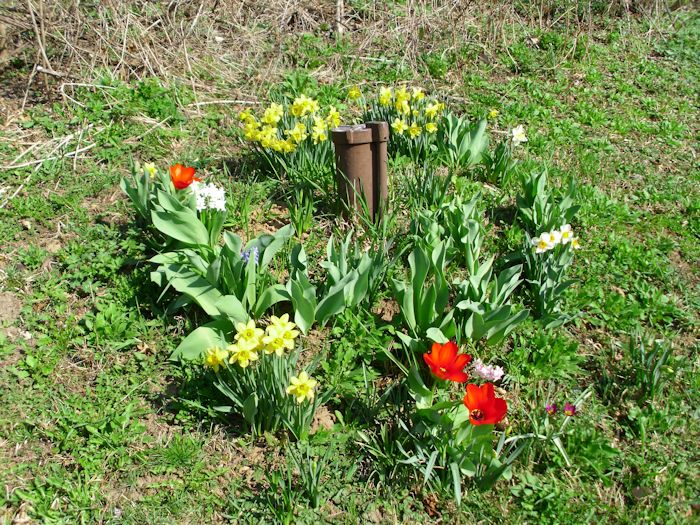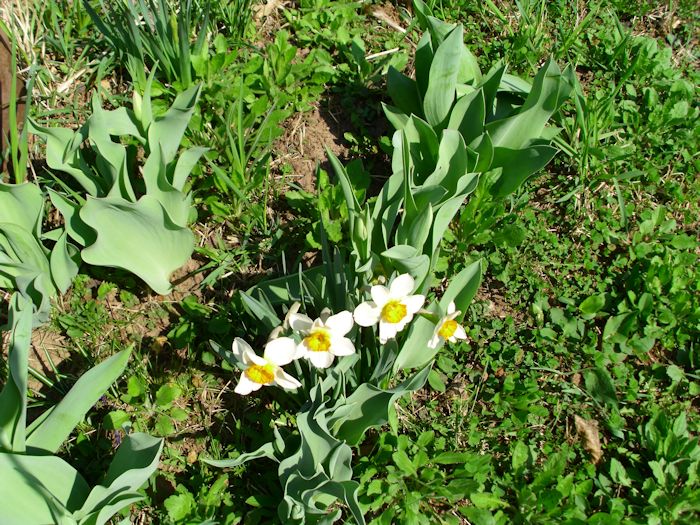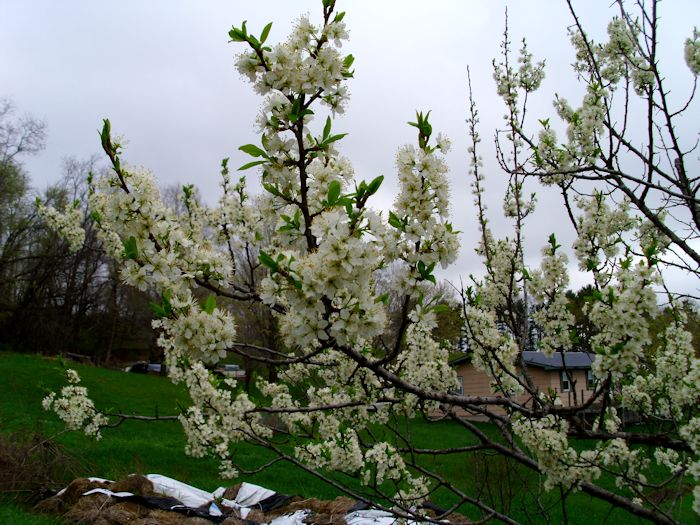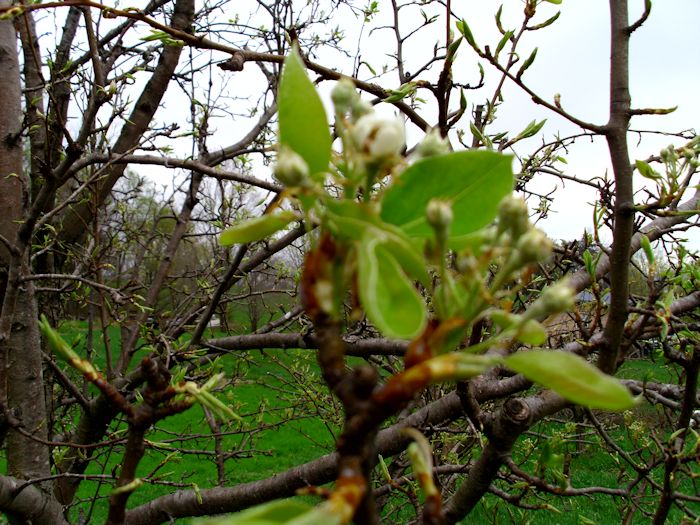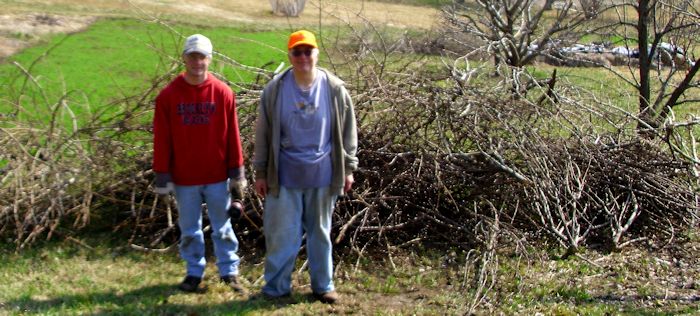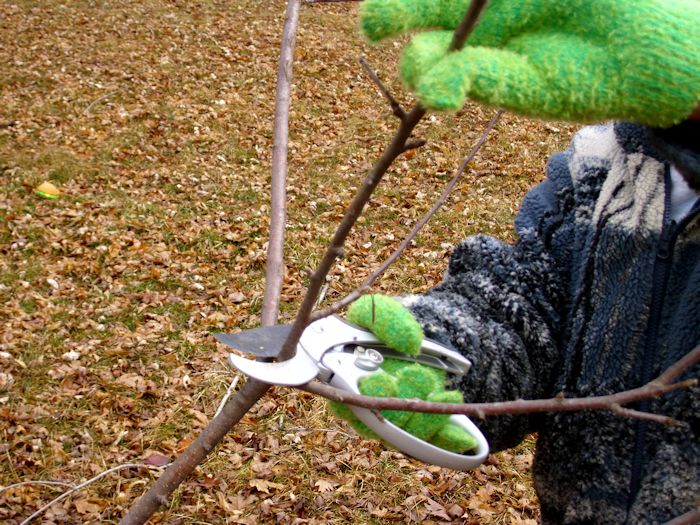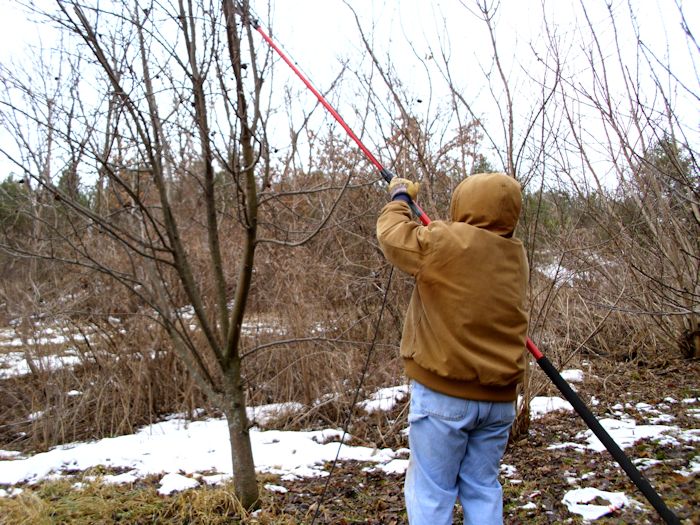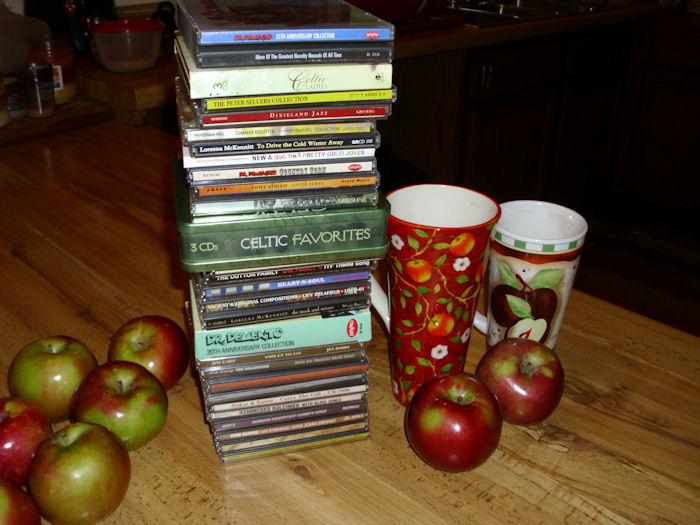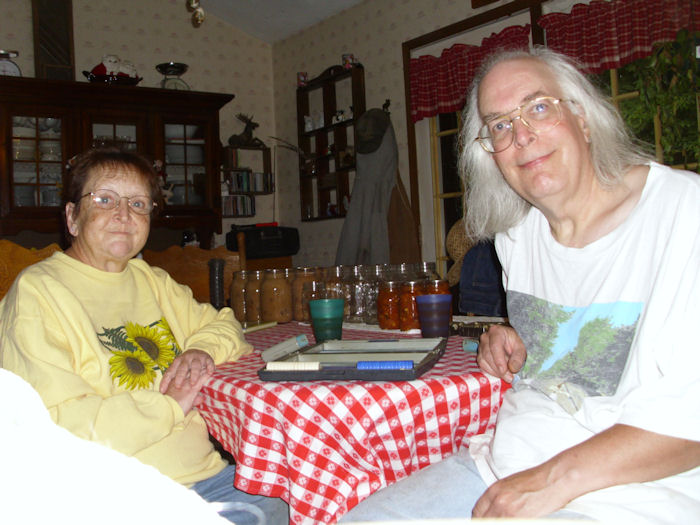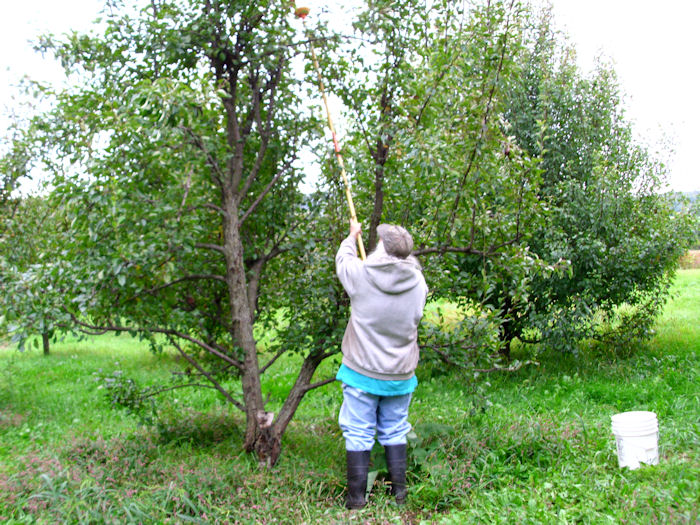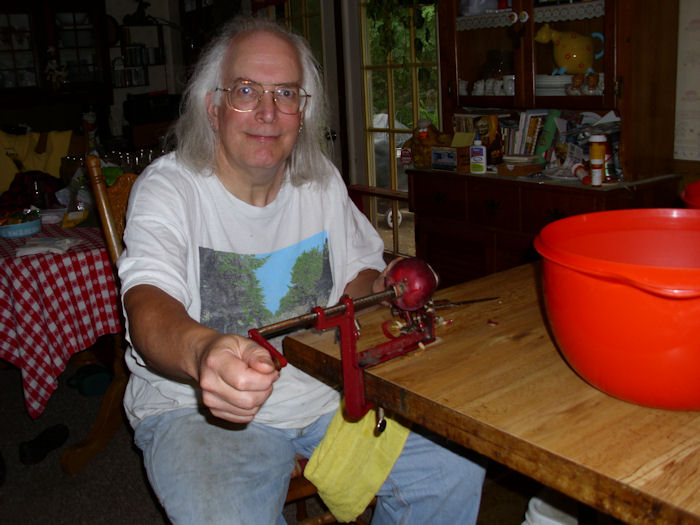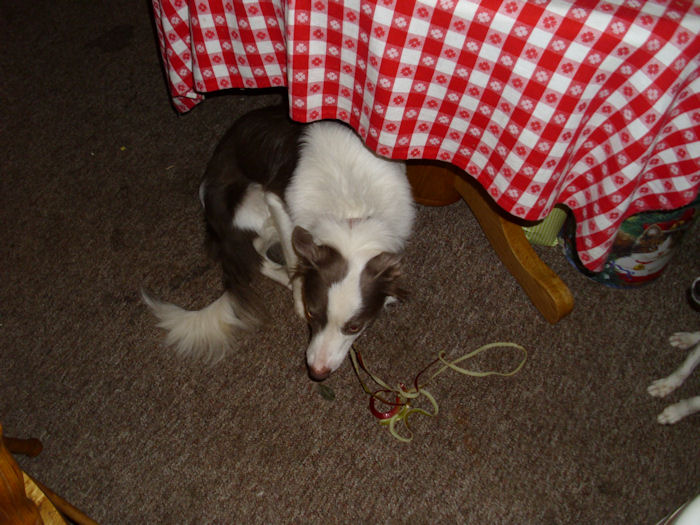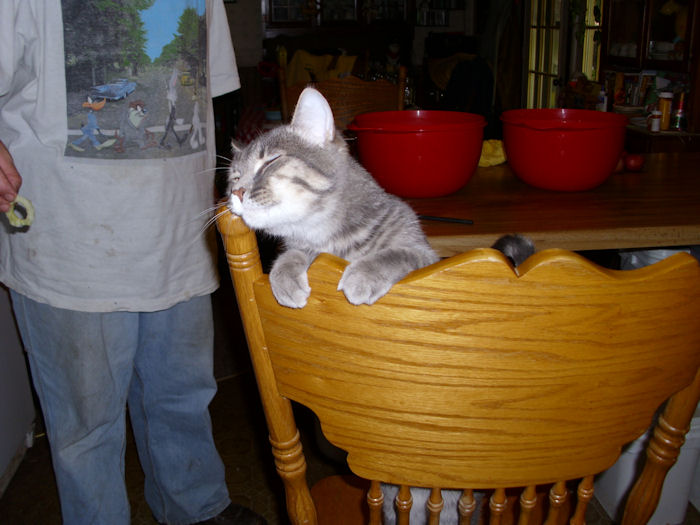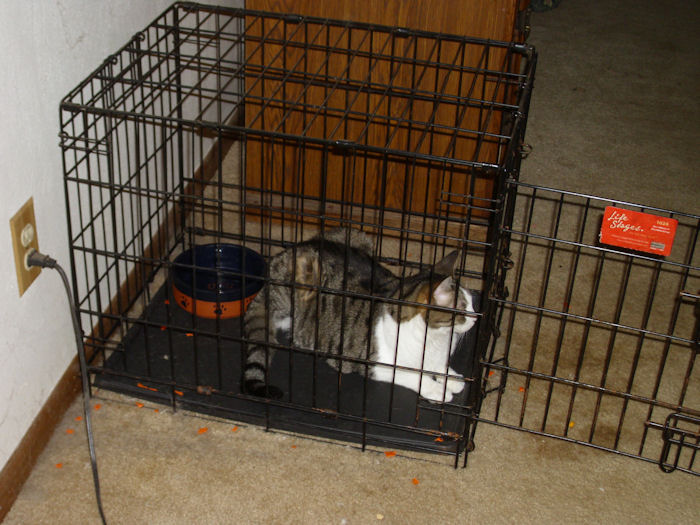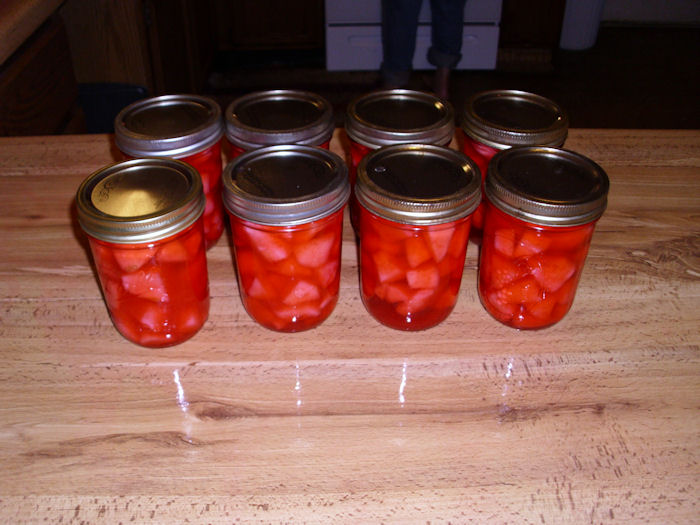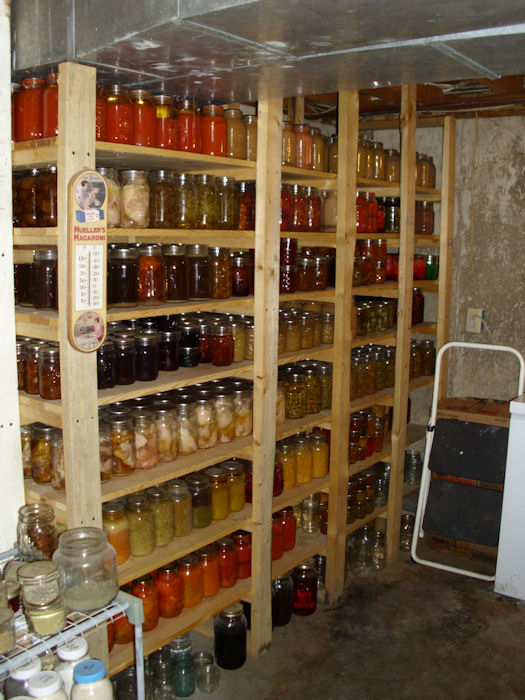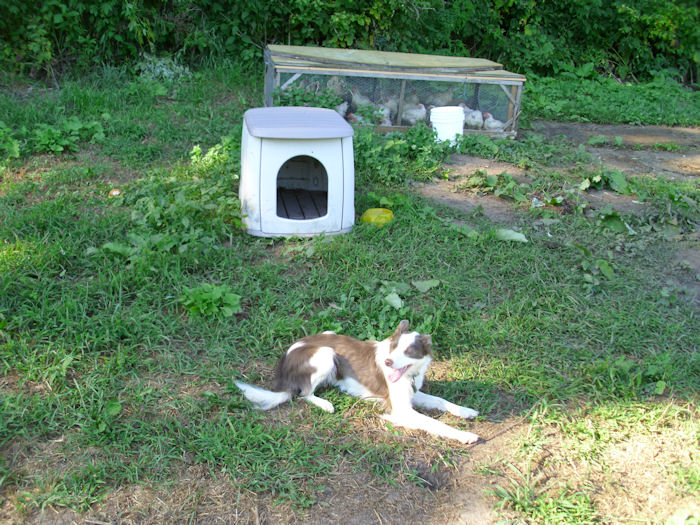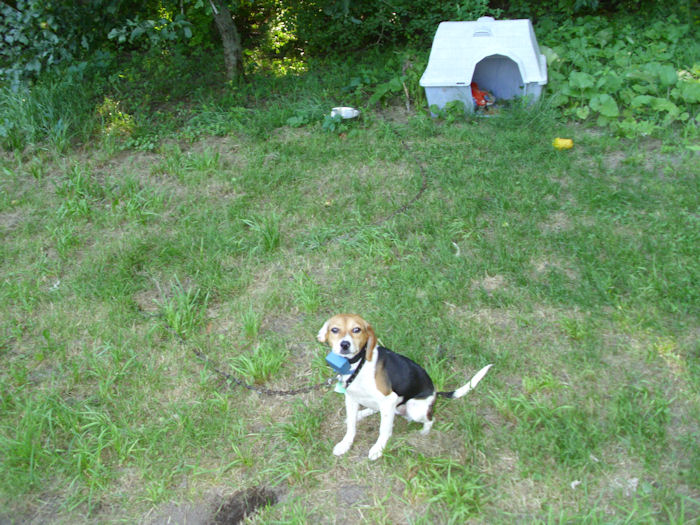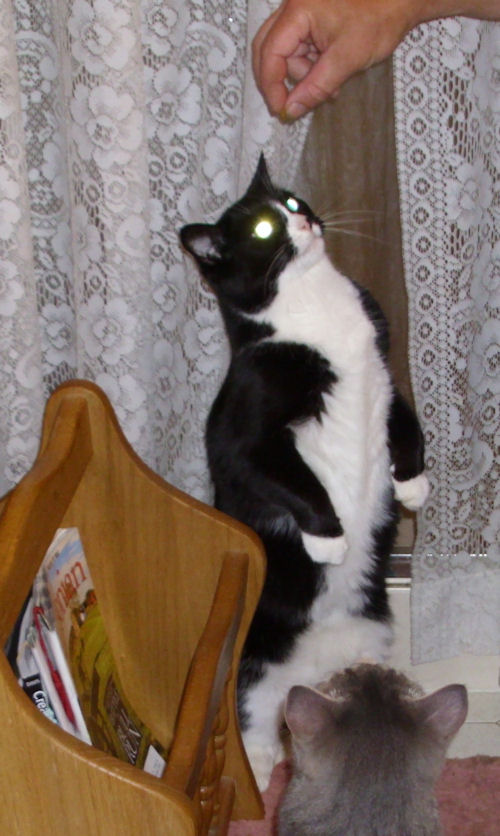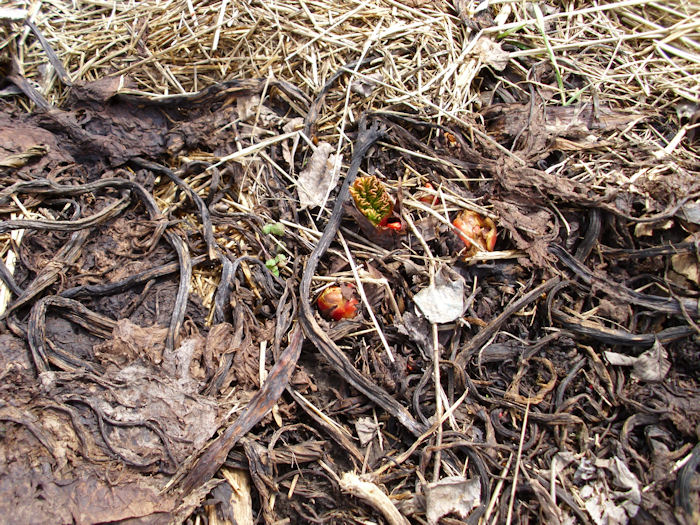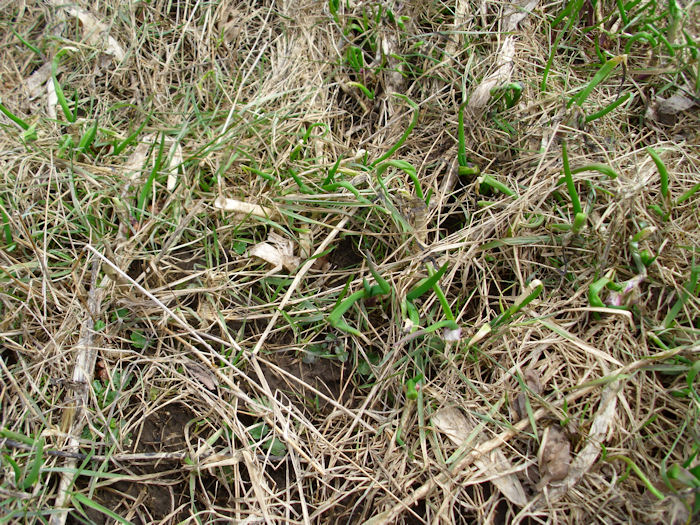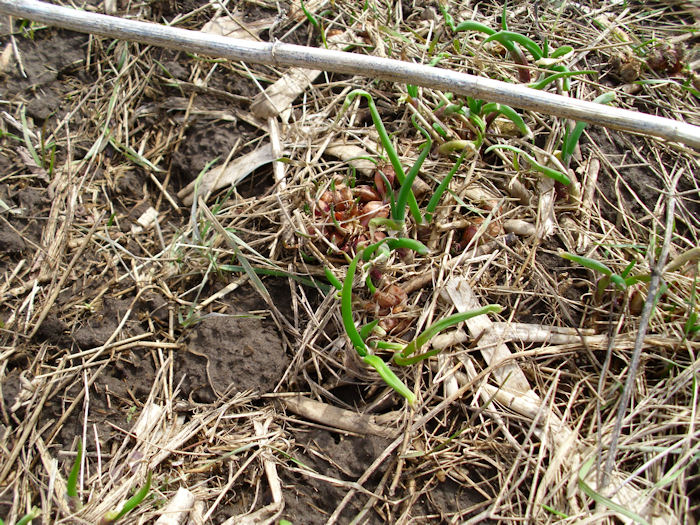Rebecca dehydrates several kinds of chips for us to eat during the winter months. I talked about the technique used to create zucchini chips in the Making Use of Those Oversized Zucchinis post. The techniques in that post also work well for vegetables such as eggplant, which has a slight peppery taste when dehydrated. We have found that the American (globe) and Italian eggplants work best for the purpose—the thinner varieties, such as the Japanese eggplant, tend to get tough. There are a lot of different kinds of eggplants, so make sure you choose a variety that will dehydrate well.
Along with eggplant, Rebecca has made dehydrated potato chips for us and I’m sure will try other vegetables as time permits. The same technique used for zucchinis works just find for any globular vegetable that has a moderate level of moisture. You want to be sure that the chips are crispy dry when finished to ensure they have the maximum storage time and have a satisfying crisp feel when chewed. Try to get the chips as evenly sliced as possible. Rebecca used a mandoline for the purpose. I particularly like the Kitchenaid model that she has because it includes a guard to keep her fingers safe and some attachments for additional cutting methods, such as julienne.
It’s also possible to make fruit chips. For example, if you use an apple peeler, you can create spiral cut apples. Cut through the spiral (top to bottom) and you end up with individual apple slices that you can dry as chips. The basic technique for drying apples is the same as zucchini, but there are a few things to consider.
Rebecca dehydrates apples using two flavorings. Of course, the sugar cinnamon combination is a must have selection. Last year she tried using cheese powder on some apples and we liked it so much that it has become the second favorite. The cheese powder makes the apple chips taste like an apple pie with a slice of cheddar on it. In both cases, you must alter the zucchini technique a little to obtain usable results.
The first difference is that you absolutely can’t use a dehydrator with the motor on the bottom. The fruit chips will produce copious amounts of liquid that will get into the motor and cause the premature death of your dehydrator. When drying apples and other fruit, use only a dehydrator with a top mounted motor so that the liquid won’t cause problems. In fact, we highly recommend placing the entire dehydrator on a tray, just to make sure that any liquid that leaks out doesn’t make a mess.
The second difference is that you don’t dip the chips as you might do with vegetable chips. Dust the top of the fruit with the flavoring of your choice. Using this approach makes the resulting product more enjoyable because it isn’t overly sweet (or sometimes bitter). It also reduces the amount of liquid the chips produce as they dry. You get just as much flavor by lightly dusting the top as you would by dipping the fruit, but at a significantly reduced cost. When the fruit produces copious liquid, the extra flavoring you used ends up in the tray anyway, so there is no point in overindulging.
The third difference is that fruit chips tend to a be little flexible when completely dry. They won’t dry crispy like vegetable chips will. Think more along the lines of dried fruit or a fruit leather. So far we haven’t noticed any difference in longevity. The fruit chips will most definitely last a year when kept in an appropriate container.
A number of people have asked how we store our chips to keep them fresh. We use five-gallon-food-grade-buckets with tear tab lids. Make absolutely certain you use food grade buckets because buckets made with other sorts of plastic could contaminate your food. These are the same buckets used by your local restaurant for everything from pickles to potato salad. In order to get the lids off, you must have a bucket lid wrench. Trying to get the lid off otherwise will be difficult to say the least. Even with the wrench, you must work carefully around the lid top to get it off. These buckets seal extremely tight and they provide great storage even in a basement or other less than ideal setting.
Dehydrated food in the form of chips makes for ready, delicious, and nutritious snacks. None of our chips has the slightest amount of oil or preservatives in them. We’ve tested this technique for up to two years with great results. The two biggest considerations are that you must make absolutely certain that the chips are completely dry and that you seal them in an airtight container, such as the five-gallon-buckets we use. Using this approach is also good for the planet because you don’t use any electricity to keep the food usable. Once the food is dehydrated, you simply open the bucket, grab what you want, and eat.
What sorts of vegetables and fruits do you think you might try to store using this approach? Is this an approach that you find appealing? Let me know your thoughts at [email protected].

